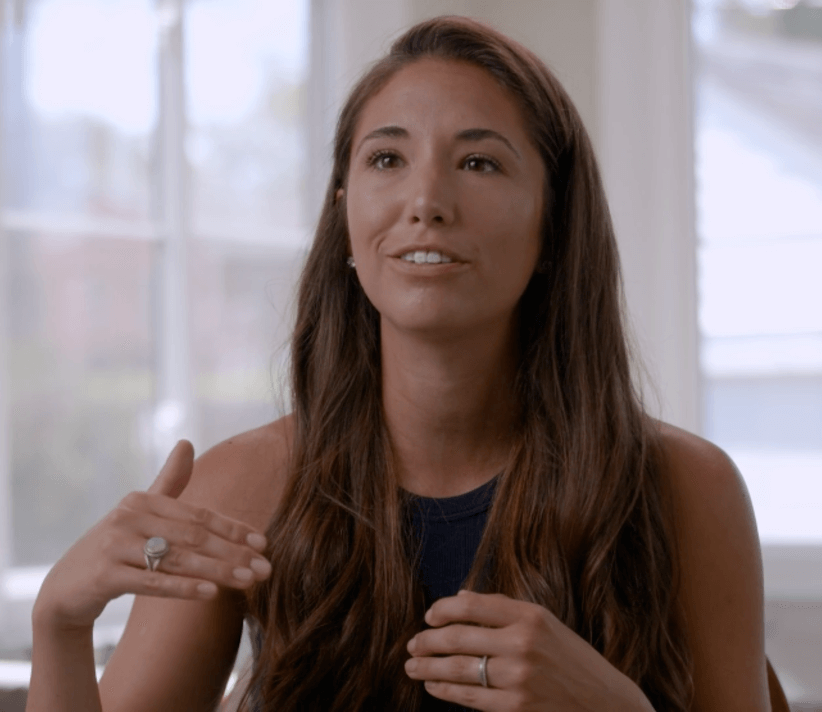Mineral Wool Insulation Services in St. Louis, MO
Professional Mineral Wool Insulation Installation
Mineral Wool Insulation
Our mineral wool insulation services are designed to provide consistent product quality, ensuring reliability and high performance. Advanced manufacturing technology plays a crucial role in achieving this consistency, with high-fiber density and low shot content enhancing the effectiveness and durability of our products.
In addition to sound control and fire resistance, our mineral wool insulation solutions contribute significantly to energy conservation. This improved thermal insulation promotes overall energy efficiency in various building applications, appealing to customers looking for sustainable energy use.
Fire-resistant, Soundproof, and Energy-Efficient Insulation for Your Home
Are you seeking an insulation solution with exceptional fire resistance, superior soundproofing, and long-term energy savings? Mineral wool insulation is an advanced thermal barrier designed to protect your home, regulate indoor temperatures, and block external noise while maintaining moisture resistance and mold prevention. Utilizing advanced manufacturing technology, our mineral wool insulation features high-fiber density and low shot content, contributing to its high quality and performance.
At Foam Co, we offer expert mineral wool insulation installation for homeowners in St. Louis, MO, and surrounding areas, including St. Peters and Jackson. Our insulation specialists ensure precise application, maximizing the performance and durability of your home’s insulation system with enhanced fire protection, providing superior fire resistance alongside noise reduction.

Schedule a free consultation
Trust Foam Co’s expert Mineral Wool Insulation services. Schedule your FREE consultation with our Foam Co crew today!
What is Mineral Wool Insulation?
Mineral wool insulation is made from inorganic fibers derived from natural basalt rock and recycled slag, which are melted at extremely high temperatures and spun into fine fibers. This process creates a high-density insulation material with excellent thermal resistance, fire safety, and soundproofing capabilities.
The raw materials used in producing mineral wool insulation include a blend of stone or silica, which is essential in creating a versatile and effective insulating product with various benefits.
Commonly used in walls, floors, ceilings, and roofs, mineral wool provides a strong barrier against heat loss, reducing the energy needed for heating and cooling. Its moisture-resistant properties also help prevent mold and mildew growth, ensuring a healthier indoor environment.
Benefits of Mineral Wool Insulation
Superior Fire Resistance
Mineral wool insulation is naturally non-combustible and can withstand temperatures exceeding 2,000°F, making it one of the safest choices for fire protection in residential and commercial buildings.
Excellent Soundproofing
The dense fiber structure of mineral wool acts as a natural sound absorber for interior walls, reducing noise transmission between rooms and from external sources such as traffic and weather. This makes it ideal for homeowners looking to create quiet and peaceful living spaces.
Moisture and Mold Resistance
Mineral wool insulation is highly water-repellent or resistant to water absorption, preventing moisture buildup and reducing the risk of mold and mildew growth. This makes it an excellent choice for humid climates and moisture-prone areas.
Energy Efficiency & Lower Utility Bills
Mineral wool insulation has a higher R-value per inch than traditional insulation materials, enhancing thermal performance and reducing energy loss. With proper installation, homeowners can significantly reduce heating and cooling costs.
Eco-Friendly Composition
Mineral wool insulation contains up to 70% recycled content, making it a sustainable and environmentally friendly insulation choice. Reducing energy consumption helps lower carbon emissions and promotes greener homes.

Mineral Wool Insulation Installation Process
1. Initial Assessment
Our team begins by evaluating your home’s insulation needs. We inspect existing insulation, measure key areas, and identify gaps, air leaks, or inefficiencies that must be addressed.
2. Preparing the Space
Before installation, we seal leaks, ensure proper ventilation, and remove any outdated insulation. This step is crucial for maximizing energy efficiency and ensuring proper material application.
3. Installation Process
- Cutting to Size: Mineral wool insulation is precisely cut to fit between wall studs, floor joists, and ceiling rafters, ensuring a seamless installation.
- Placing the Insulation: Our experts install the insulation carefully, maintaining the proper thickness and density to optimize performance.
- Final Adjustments: We confirm that all areas are fully insulated and check for any remaining gaps or inconsistencies.
4. Post-Installation Inspection
Once installation is complete, our team conducts a final quality check to ensure your insulation is correctly installed, maximizing thermal efficiency and sound control benefits.
Health and Safety Considerations
Mineral wool batt insulation is generally considered safe to handle and install. However, following proper safety precautions is essential to avoid potential health risks.
Protective Measures During Installation
When installing mineral wool insulation, wearing protective clothing, gloves, and masks is crucial to prevent irritation from loose fibers. Ensuring the area is well-ventilated during installation helps minimize any potential discomfort from airborne particles.
Post-Installation Safety
Once the mineral wool insulation is in place, it poses no health risks and contributes positively to indoor air quality. It effectively reduces noise and enhances energy efficiency.
Mold and Mildew Resistance
Made from inorganic fibers, mineral wool insulation does not support mold or mildew growth. This characteristic further enhances the safety and comfort of your home environment, ensuring a healthier living space.
Common FAQs About Mineral Wool Insulation
How long does mineral wool insulation last?
Mineral wool insulation is highly durable and can last decades without losing its insulating properties. Unlike some other materials, it does not settle or degrade over time. This longevity makes it a cost-effective solution for homeowners and builders who seek long-term energy efficiency and protection. Mineral wool’s resilience to environmental factors such as moisture and temperature fluctuations ensures it remains effective throughout its lifespan.



Will mineral wool insulation help lower my energy bills?
Yes! Properly installed mineral wool insulation reduces heat transfer and air leaks, improving energy efficiency. The EPA estimates that adding insulation and sealing air leaks can cut home energy costs by up to 15%. By minimizing thermal bridging and enhancing the building envelope, mineral wool insulation helps maintain consistent indoor temperatures, reducing the reliance on heating and cooling systems. This results in substantial savings on utility bills over time.
Is mineral wool insulation safe to install?
Yes, mineral wool is safe when handled properly. We recommend wearing protective gear during installation to avoid irritation from loose fibers. Once installed, it poses no health risks and improves indoor air quality. Mineral wool does not emit volatile organic compounds (VOCs) or other harmful substances, making it a safe choice for residential and commercial applications.
Does mineral wool insulation need a vapor barrier?
Mineral wool is naturally water-repellent or water-resistant, which does not require a vapor barrier in many applications. However, a vapor barrier may be recommended in areas with high humidity.
In regions where moisture levels are consistently high, adding a vapor barrier can provide an extra layer of protection against potential moisture infiltration, ensuring that the insulation maintains its effectiveness over time. This is particularly important in climates where condensation might occur, which could otherwise compromise the insulation’s thermal performance and lead to issues such as mold growth.
Can pests infest mineral wool insulation?
No. Unlike traditional insulation, mineral wool is made from inorganic materials and does not attract rodents, insects, or pests. Its composition of volcanic rock and recycled slag creates an inhospitable environment for pests, making it a superior choice for maintaining a pest-free home.
Additionally, the dense structure of mineral wool provides no nutritional value or nesting opportunities for rodents and insects, ensuring that your insulation remains free from infestations. This characteristic protects the integrity of the insulation and contributes to a healthier indoor environment by reducing the risk of pest-related issues.
How long does installation take?
Most batt insulation projects are completed within one day, but the timeline varies based on the space size. Contact us at 314.463.0888 for a consultation and detailed estimate.
How much does batt insulation cost?
The cost varies depending on home size and insulation type. We prioritize affordability and transparency—schedule a free consultation for an accurate estimate.
How do I know if my insulation should be replaced?
Signs that indicate it’s time for replacement include inconsistent room temperatures, rising energy bills, or insulation over 10-15 years old installed to minimum code standards. Old insulation should be replaced to ensure better air quality and energy efficiency.
“I’m excited to see our energy bills go down and to be more comfortable in our house…”
Read More…
Cat B.
Customer


